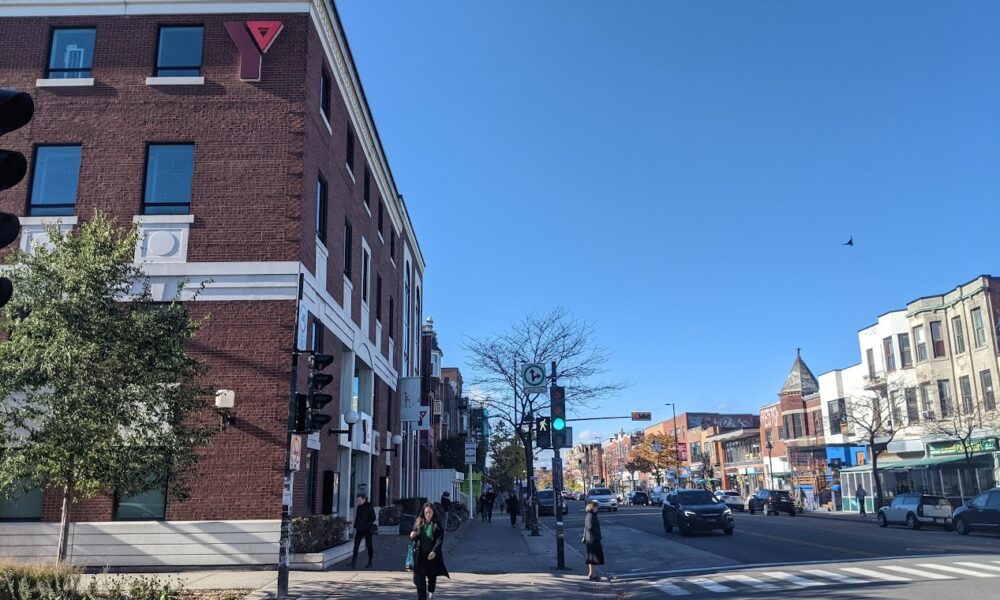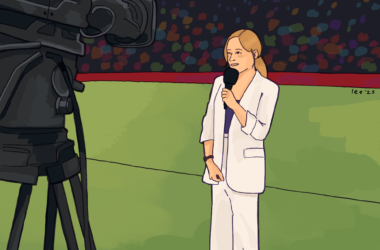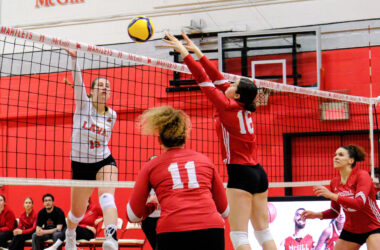A recent Montreal-based CBC study found a direct correlation between a borough’s average income and the number of sports and recreation facilities in the area. This inequity leaves youth who are unable to pay for private sports facilities or gyms with little opportunity to get involved with their communities in an active way. Equal access to athletic services is an essential step to providing youth in lower-income boroughs with better opportunities. Reducing the distribution gap of sports and recreation facilities throughout Montreal is imperative to an increased quality of life for youth.
In Montreal, the economic disparities between different boroughs are massive. Côte-des-Neiges–Notre-Dame-de-Grâce, one of the lowest income areas in Montreal, also has the highest number of children, with about 27,000 kids under the age of 14. Despite this, the region only has 13.2 recreational facilities per 10,000 inhabitants. To put things into perspective, one of the high-income neighbourhoods, Île-Bizard–Sainte-Geneviève, boasts 53 facilities per 10,000 inhabitants. The areas that are most in need of access to public recreation centres are those that have the least—and this opportunity gap only widens as children grow older.
Access to community sports services is fundamental to youth development and is even more vital in low-income boroughs. Participation in sports comes with a plethora of benefits for young people, from better test scores to increased graduation rates to happier home lives, to decreased drug and tobacco use in high school. All of these benefits are less about the direct impacts of, say, soccer to a young person, but are more about the positive externalities that accompany athletic involvement. Playing on a sports team, or even participating in a fitness class at a community centre, builds skills that are pivotal in a child’s development, such as teamwork. This supportive space also allows young people to integrate and meet one another organically, regardless of racial or economic differences. These are vital social and interpersonal skills that can heavily improve quality of life as these young people transition into adulthood. Community-based activities promote positive growth and can prevent vulnerable youth from falling into criminal or illegal behaviour during adolescence.
Access to sports facilities and involvement opportunities have a chance at changing Montreal’s crime trajectory. Even the United National Office on Drugs and Crime has acknowledged that access to sports is an effective method of crime prevention. Physical activity in supportive social contexts, such as those fostered in community facilities, can act as safe spaces for vulnerable youth and can provide healthy ways to pass time.
While police in Montreal are increasingly imposing invasive crime prevention measures, such as security cameras, communities should look toward structural change for meaningful long-term effects. Policing does not reduce crime—social reform does. Instead of enabling further policing of youth in susceptible regions, there need to be more resources that support young people’s growth in all Montreal regions, but especially low-income ones.
Children should not be penalized because of the financial situations they are born into. Deprivation of adequate sporting and recreational facilities directly hinder the development of valuable life skills. With the upcoming election, it is important to call on city officials to commit to enacting meaningful change on this front, such as reallocating funding toward public recreational facilities. Policing low-income areas without addressing root causes will not result in long-term improvement. Montreal youth deserve the opportunity to thrive in athletics and in society, and it is up to the government to provide it.








